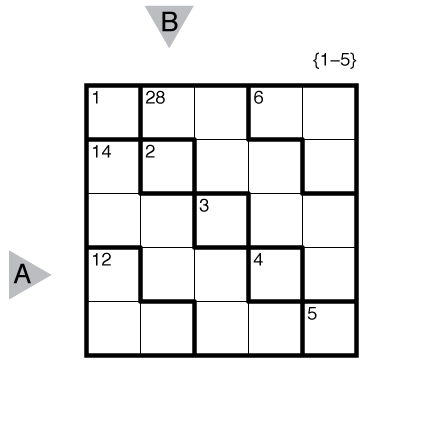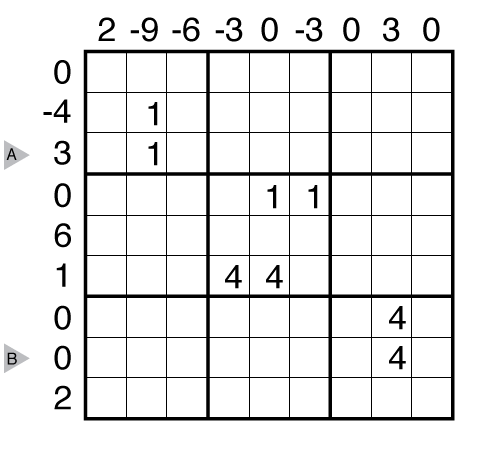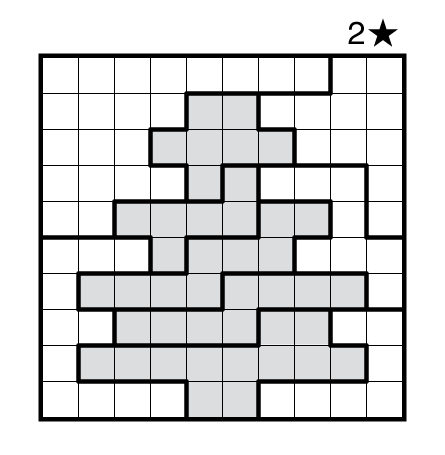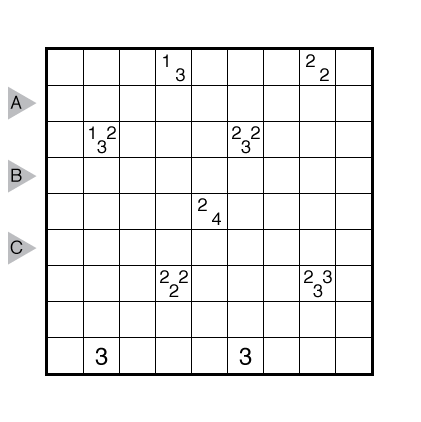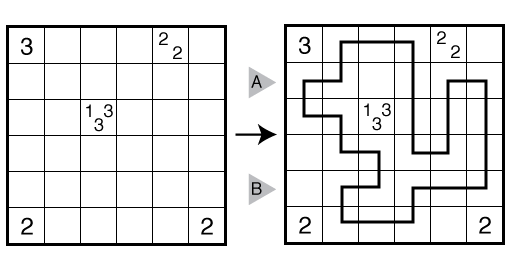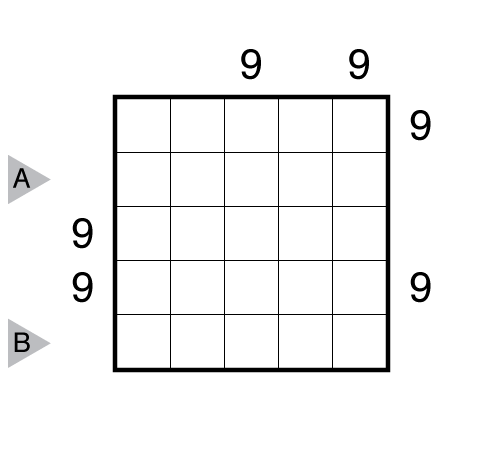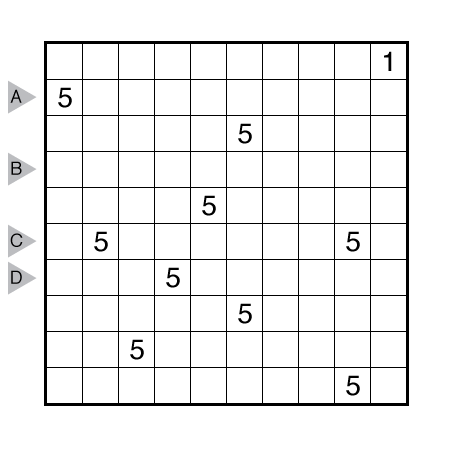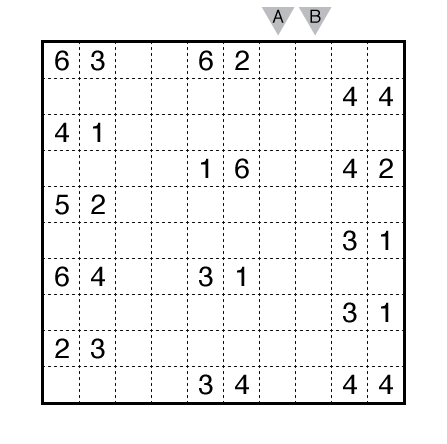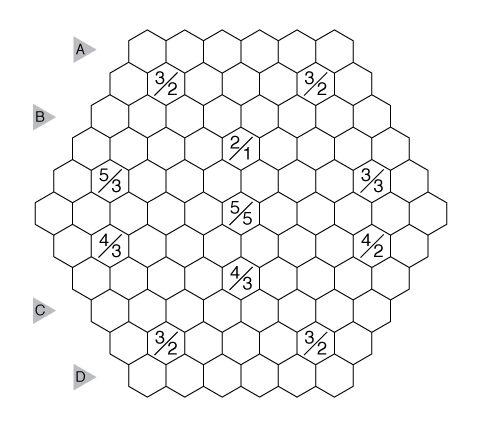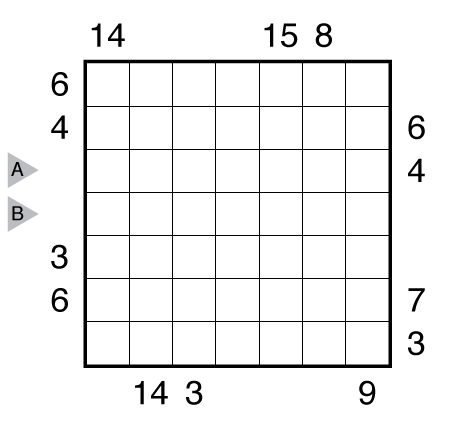Today’s Surprise originated from an unintended mistake. Despite a puzzle labeled “Star Battle” and a graphic with a “2 star” label at the top, Friday’s puzzle was attempted by first one and then many solvers out of curiosity as a LITS. While I’ve seen a Star Battle that can double as a LITS, this was not originally one of them and it is not a typical property to have.
Undaunted by the challenge, Tapio Saarinen (ArDeeJ) sent along a modification of my puzzle into a LITS. After some tweaks by me, we have a Christmas Tree LITS puzzle with very few changes from the original (see this crude sketch). Enjoy the gift that keeps on giving!
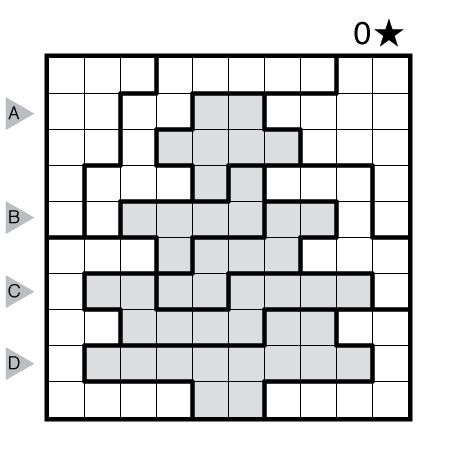
PDF
or solve online (using our beta test of Penpa-Edit tools)
Theme: Christmas Tree LI(gh)TS
Rules: Standard LITS rules.
Or, if you prefer to treat this as a Star Battle for some unknown reason, use these rules: In this variation of Star Battle, place the indicated number of stars in each row, column, and region. Then shade exactly four connected cells (without stars) in each outlined region, to form an L, I, T, or S tetromino, so that the following conditions are true: (1) All shaded cells are connected with each other; (2) No 2×2 group of cells can be entirely shaded black; (3) When two tetrominoes in adjacent regions share an edge, they must not be of the same type (L, I, T, or S), regardless of rotations or reflections.
Answer String: Enter the length in cells of each of the shaded segments from left to right for the marked rows, starting at the top. Separate each row’s entry with a comma.
Solution: PDF
